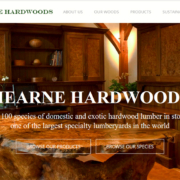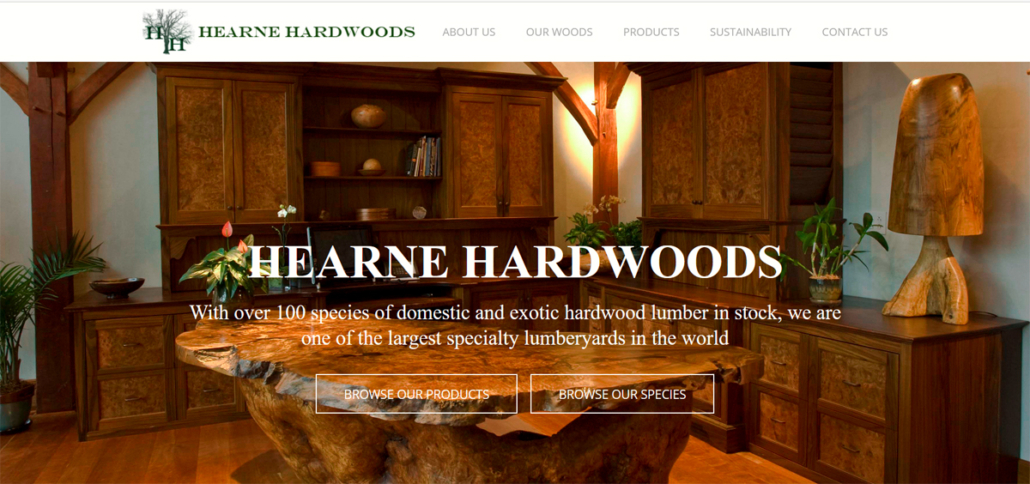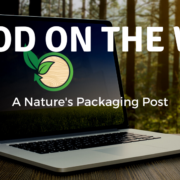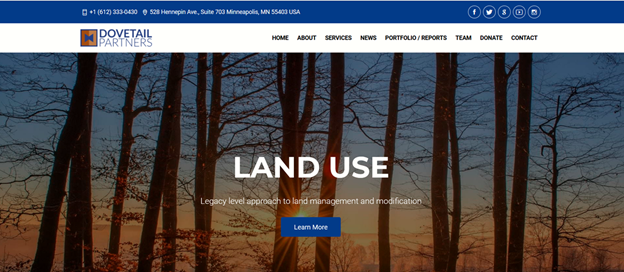What is Carbon Sequestration?
Carbon sequestration is the process of capturing carbon and storing it in a way that won’t contribute to climate change.
If you’re familiar with the concept of a carbon footprint, then you are off to a great start. A carbon footprint measures how much greenhouse gas (GHG) emissions are due to activities like driving a vehicle or using electricity to run facilities and machinery.
Greenhouse gases trap heat in our atmosphere and contribute to global warming. They’re “greenhouse gases” because they work like the glass of a greenhouse: they let sunlight in but don’t allow the heat that is generated to escape back outside the atmosphere of the Earth into space. The result is that global temperatures rise, and weather patterns become more severe and less predictable.
Carbon dioxide and methane are two common greenhouse gases that are produced by activities like burning fossil fuels or managing livestock.
But nature has developed an excellent resource to help pull carbon out of the environment.
The wonderful tree.
As trees mature, they absorb sunlight through photosynthesis and store carbon in the form of carbohydrates, which are used by the tree for growth. This carbon capture process occurs within all plants to convert sunlight into chemical energy. Trees are especially good at it because they typically have an extensive root and leaf structure.
If the tree is harvested to become a forest product like lumber, it retains that carbon—meaning that wood products act as “sinks” for carbon dioxide in the atmosphere. In other words, using wood helps remove carbon from the atmosphere—which can help mitigate climate change.
Wood: A Carbon Storage Powerhouse
A tree’s roots, trunk, branches, leaves, and sap all contain carbon, and while they’re growing, they take up even more carbon dioxide.
The amount of carbon stored in any particular tree varies with its size and age, the type of wood it produces (hardwood or softwood), and how dense the wood is. You can determine the density by measuring how much space an oven-dry wood sample occupies.
The ability to store carbon in plant biomass, such as trees, makes possible the creation of a sustainable energy source.
The process of carbon sequestration involves three main steps:
- Capturing CO2 from the atmosphere
- Transporting it to underground storage.
- Storing the captured CO2
The quantity of carbon sequestered will depend on various factors, including climate, geography, and land management practices.
For centuries, humanity has relied on forests and wood for a multitude of products. Today, industries harvest and utilize trees for everything from construction materials to cosmetics.
However, it turns out that forest products are capable of continuing their carbon sequestration process. Instead of releasing carbon back into the atmosphere through decomposition, wood products can store carbon within their cellular structure, keeping it out of the atmosphere. It means wood products are a great source of renewable energy!
As a renewable resource, wood is a vital component of the circular economy. Wood products store carbon throughout their life cycle and can help mitigate greenhouse gas emissions.
Wood is very often one of the few materials that is produced and utilized within the same geographic region. It results in a low carbon footprint compared to many other materials (e.g., concrete, steel, plastic).
Reduce > Re-use > Recycle > Renew
Encouraging the use of wood products that sequester carbon is a small part of the larger positive impact on the environment and climate change. Another step to this equation is to Reduce-Reuse-Recycle whenever possible.
Wood is a renewable resource. Responsibly managed forests help in the fight against climate change by absorbing CO2 from the atmosphere on a global scale. And they do it at an astonishing rate. A single hardwood tree can absorb up to 48 pounds of carbon dioxide per year, and one acre of forest can absorb twice as much CO2 as an acre of farmland.
When you purchase products like wood pallets to use in your supply chain, you support an industry that uses a renewable resource and recycles that resource millions of times a day, every day.


 Woodview Media
Woodview Media



